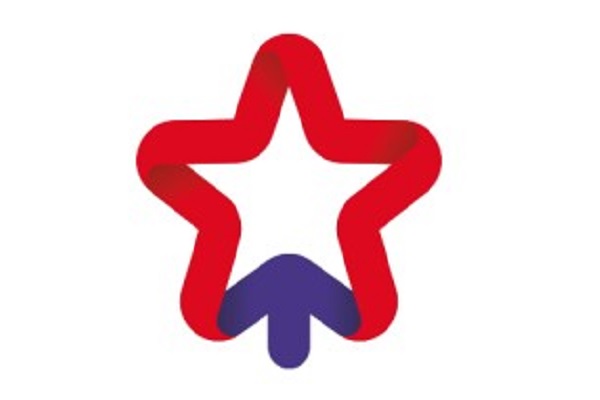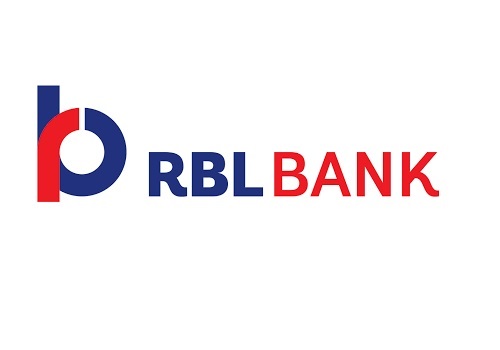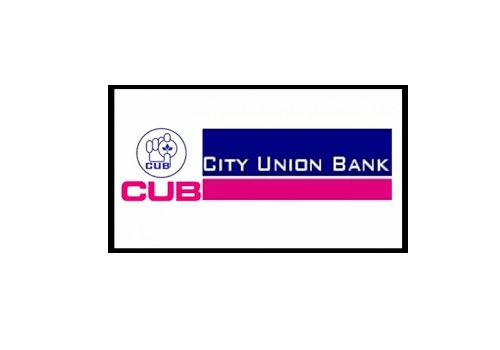Banking Sector Update : RBI measures: a shot in the arm for banks by Prabhudas Liladhar Capital Ltd
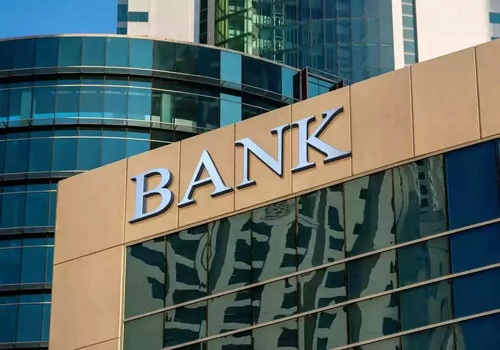
RBI measures: a shot in the arm for banks
Based on recent RBI actions to boost liquidity and credit growth, we expect system loan growth for FY26/27E to be higher by 100bps each to 12.0% led by the pick-up in NBFC (60-65bps) and PL/CC (35-40bps). Incremental loan growth may be funded by surplus liquidity; hence, we trim aggregate liquidity by 154/204bps to ~29% and increase LDR by 121/173bps to 82.6%. Contrary to usual expectations of a cut in NIM following higher repo rate reduction due to lag effect in deposit repricing, we raise aggregate NIM by 2/4bps for FY26/27E to 3.11%/3.19% as WATD rates have declined at a faster pace by 66-123bps since Apr’25. We could see a credit upcycle from FY27E suggesting higher than expected loan growth. Sensitivity analysis indicates that if loan growth for FY27E is 210bps higher at 14.7% YoY, aggregate core PAT would be upgraded by 3.6%; sector would re-rate and multiples/TP could increase by 5.0-11.0%. However, in a credit upcycle, valuation discount of other banks to sector leaders like ICICB/HDFCB (6-7% upgrade) would narrow suggesting higher upgrades. From an alpha generation perspective, we would prefer players like AXSB and SBI that have levers to support credit growth.
* RBI’s focus to boost liquidity and growth: System credit has been slowing down from 13.7% YoY in Jul’24 to 10.2% in Apr’25 led by slower accretion in housing, agri, NBFC, unsecured and services. To spur credit growth, RBI had changed its stance to accommodative since Dec’24 as suggested by (1) repo rate cut of 100bps over Feb’25 to Jun’25 (50bps in Jun’25), (2) CRR cut of 50bps in Dec’24 and 100bps announced till Nov’25, (3) relaxation in the new LCR framework, and (4) withdrawal of 25% risk weight increase on NBFCs credit. These measures would have a two-fold impact – on growth and margins. Our analysis of the top 12 banks suggests that credit accretion may improve from H2FY26 driven by NBFC (60-70bps) due to easing of supplyside constraints and unsecured credit (37bps) as stress is peaking out.
* Deployment of surplus liquidity to cushion NIM: We are factoring a 100bps increase in aggregate loan growth to ~12.5% in FY26/27E, which would be partly funded by balance sheet liquidity. This would reduce dependance on deposits and in turn increase LDR, supporting margins. Combined LCR of top banks was 127% as at Mar’25, which could moderate. Hence, we reduce total balance sheet liquidity for FY26/27E from ~31% of total assets to ~29%. As a result, banks’ LDR would rise by 121/173bps to 82.6% each (82.0% in FY25). As banks have reduced WATD rates since Mar’25 by 66-123bps (more cuts may follow), rate transmission to liabilities could happen at a faster pace in this cycle, which may coincide with the fall in loan yields. As a result, while we envisage an 81bps fall in aggregate loan yields over FY25-27E, cost of funds would drop by 70bps. Our total NIM increases by 2/4bps to 3.11%/3.19%.
* Players with loan growth levers to be top picks: Loan growth could pick-up from H2FY26 and FY27E loan growth could be higher to our estimates of 12.6%. Sensitivity analysis indicates that, if aggregate credit growth increases by 210bps to 14.7% YoY, a re-rating is likely for the banking sector and total core earnings would get upgraded by 3.6%. Valuation discount of other banks to ICICIB/HDFCB would narrow suggesting higher upgrades. We would prefer AXSB among large PVBs since amid surplus liquidity and reduced interest rates, unsecured stress would moderate and raising deposits may not pose a challenge. Within PSUs, we would pick SBI since it would be able to balance growth and profitability given higher NBFC exposure (supporting growth) and relatively larger unsecured exposure (within PSUs) that would protect NIMs.
NBFC and unsecured credit may drive higher loan growth
System credit (incl. HDFC) has been slowing down from 13.9% YoY in Jun’24 to 11.1% in Mar’25 and 10.2% in Apr’25 due to slower offtake in housing, agri, NBFC, and unsecured which make up for ~45% of system credit. However, loan offtake in segments like services (ex-NBFCs), MSME and other retail (ex-housing) is holding up well between 12-22%. Housing (contributes 16.6% overall credit) has been slowing down from 13.5% YoY in Jun’24 to 9.8% in Apr’25. Agri (share 12.7%) has been decelerating to 9.2% (17.4% in Jun’24) while NBFC growth has shrunk to 2.9% (share 8.9%) from 8.5% in Jun’24. Unsecured growth has contracted from 14.8% in Jun’24 to 9.2% in Apr’25.
Above views are of the author and not of the website kindly read disclaimer


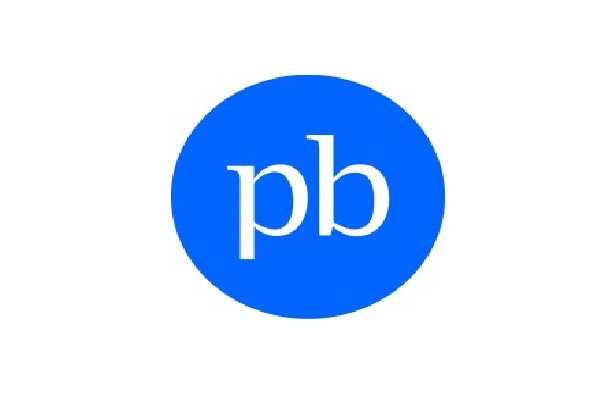



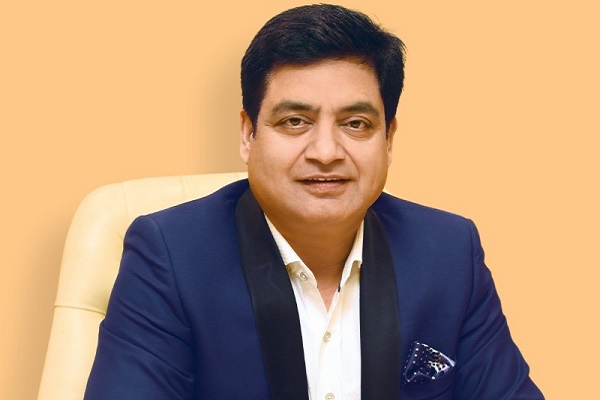


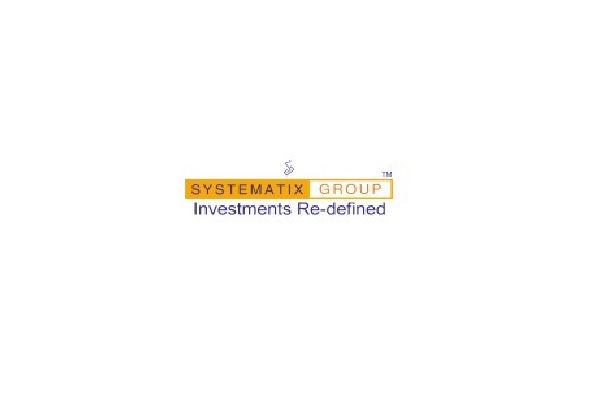
More News
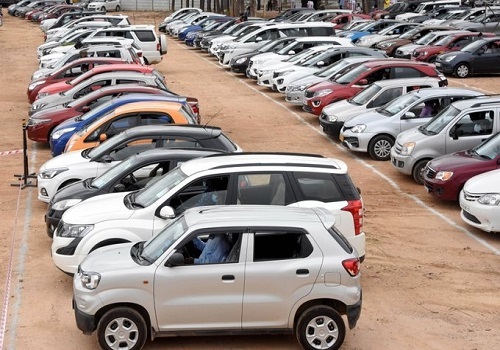
Auto Sector Update : PV growth outlook muted by Elara Capital











